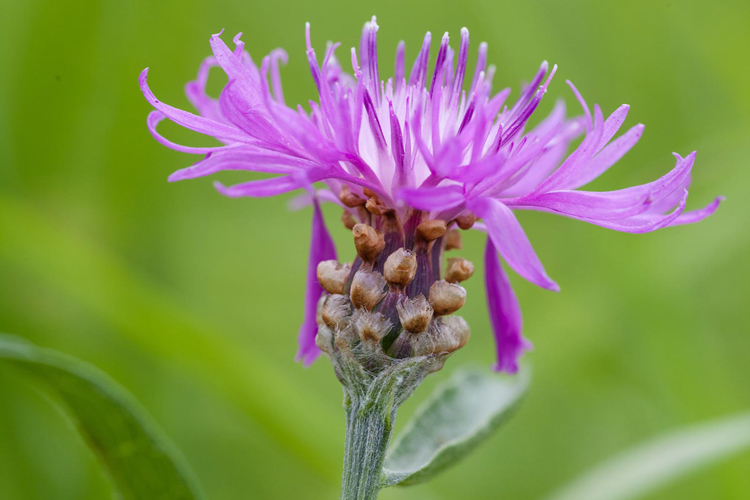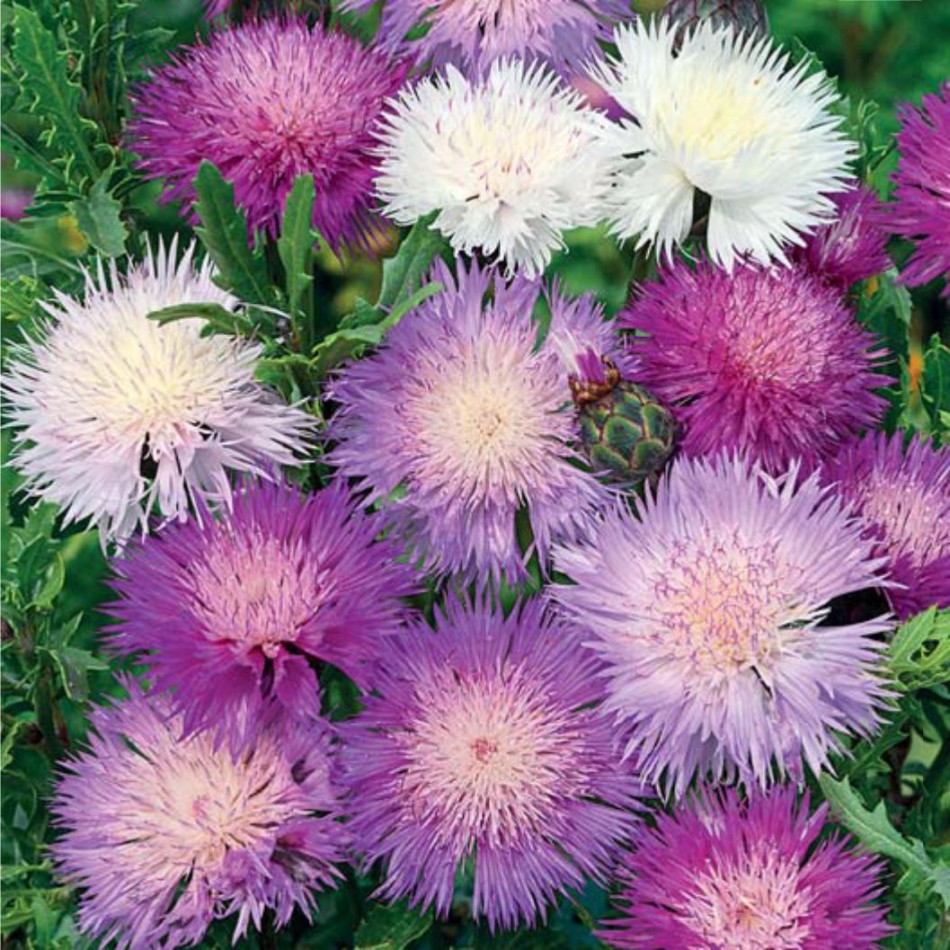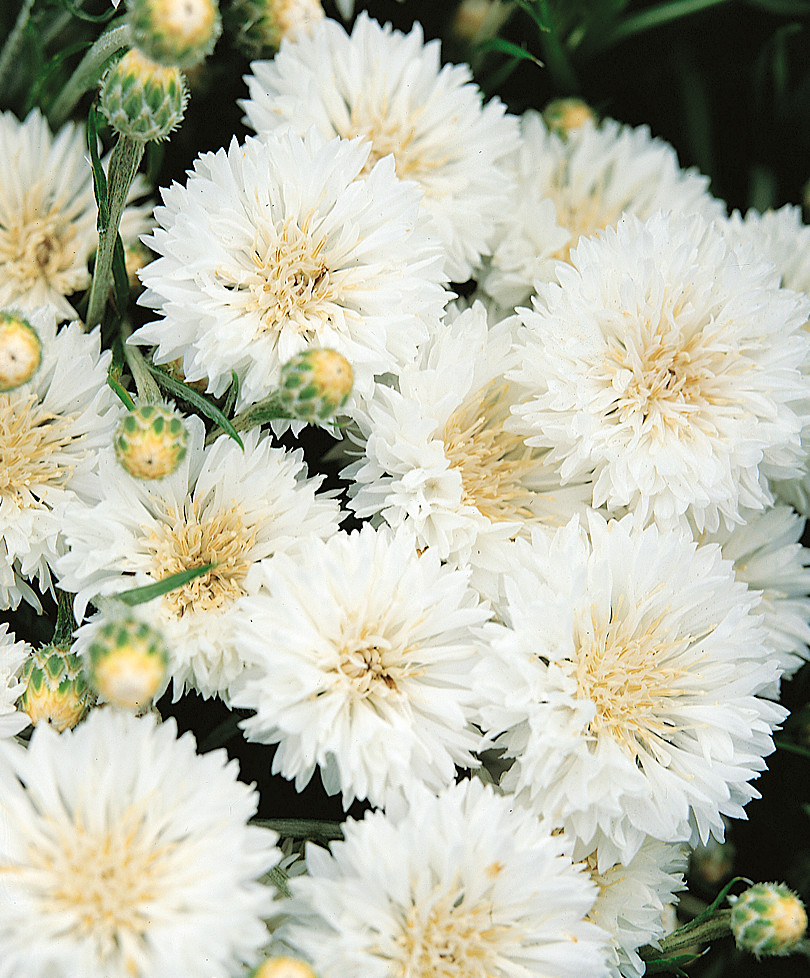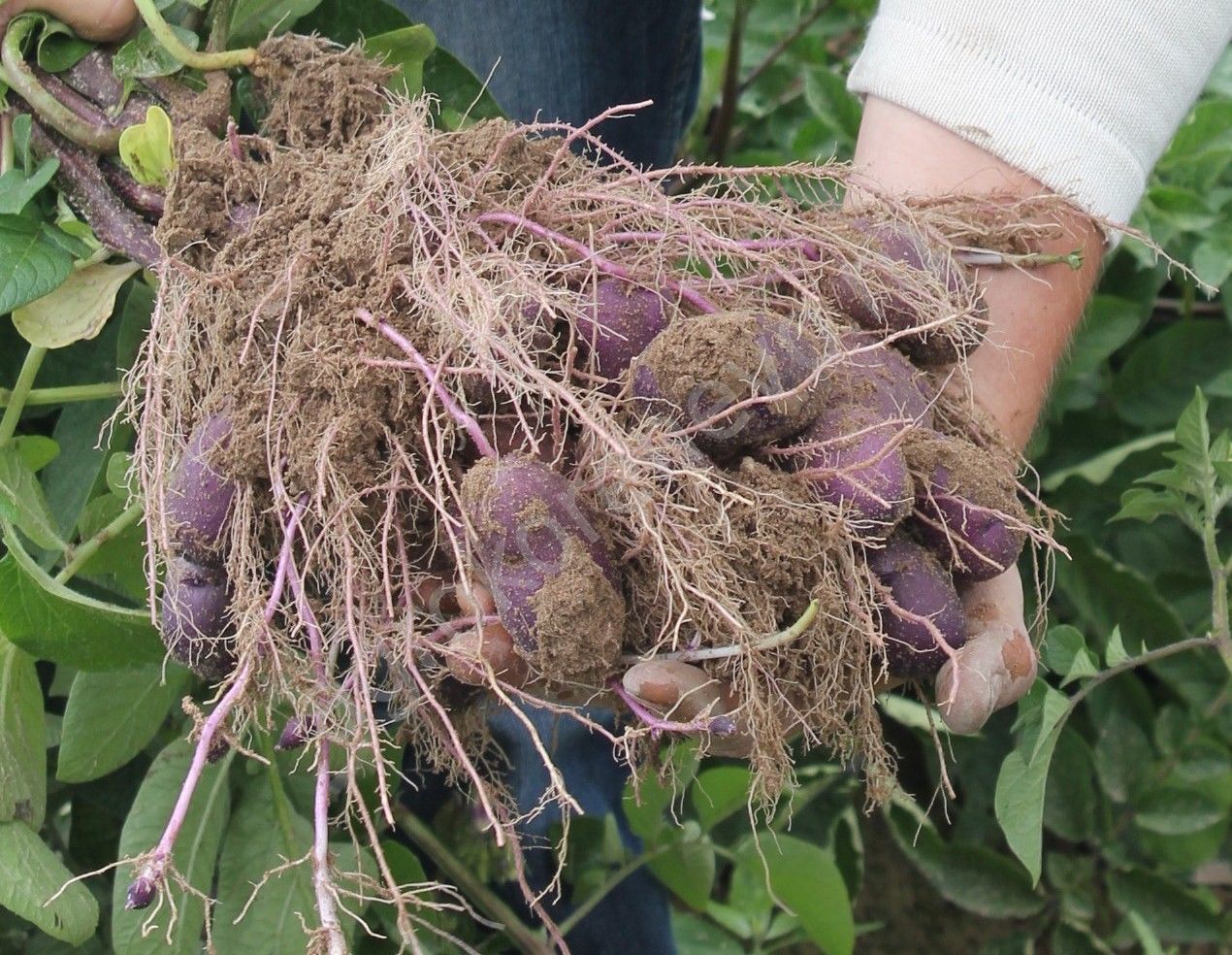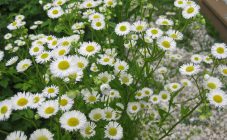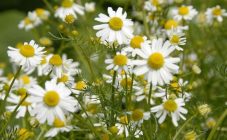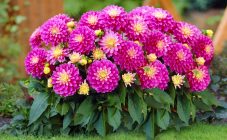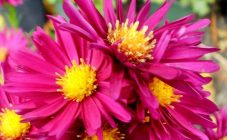Content:
Cornflower meadow is a perennial herb belonging to the genus Cornflowers, the Astrovye family (another name is Compositae). Considered a weed. The homeland of this flower is Southern Europe. The color of the plant can be purple, pink, less often white. On top of it, you can see a cobweb cover. Flowers are collected in baskets.
Flower history
The ancient Greeks knew about the cornflower. He was mentioned in Meleager's poem "Introduction to the Wreath". Cornflower is familiar to many from children's stories and poems. It was first introduced to Europe together with rye. The Slavs decorated the birthday sheaves with cornflowers, bringing them home with songs. A sheaf entwined with cornflowers adorned the front corner of the hut, was a symbol of the harvest. The ornament in the form of spikelets of rye with cornflowers was popular among needlewomen.
There is one story in Russia. When I. Krylov suffered a stroke in 1823, Empress M. F. Romanova sent him a bouquet of flowers and invited him to Pavlovsk to improve her well-being. This moved the fabulist, and later the work "Cornflower" appeared, where he is a withering flower, and the empress is the sun.
Today this plant is used in traditional medicine, has anti-inflammatory, analgesic effect. The infusion is used for heart disease, pain in the head and stomach, dropsy. Infusion of the baskets of the plant can be used for eczema when bathing a child with diathesis. If the grass is steamed, then it can be applied to the stretched muscles and tendons. The healing properties are due to the presence of many useful elements in the cornflower: manganese, copper, zinc, cobalt, chromium, nickel, potassium, calcium, magnesium, iron.
Meadow cornflower as a honey plant is drought-resistant, therefore it is just suitable for beekeepers in the dry summer. With regard to honey productivity, then at a favorable time it can give approximately 110-120 kg of honey from 1 hectare of solid massif. Each flower contains about 5 "portions" of pollen. Bees willingly collect it from this flower.
Basic botanical characteristics
The stem reaches a height of 1 m, forks at the top. At the tops are inflorescences, which are equipped with a kind of tiled wrapper. The root system is core. Leaves are narrow, elongated, green, shiny due to small hairs. The lower foliage is on winged petioles, the middle and upper ones are sessile.
Inflorescences are lilac baskets. There are 2 types of flowers: marginal - funnel-shaped, asexual. They attract pollinating insects to the middle, that is, to tubular flowers (the second type), which have both stamens and a pistil. The buds open upon contact with a pollinating insect and close until another touch. Belongs to the class Dicotyledons. Fruits are achene without a tuft.
Blossoms in June-October, hemicarps ripen from July to October. It can multiply by seeds and vegetatively. If you get into the thickets of cornflowers, then the surrounding stems will be waist-high to a person.
Meadow cornflower can be found in many regions of Russia: the European part, Siberia, the Far East. Grows in meadows, forests, along roads.
Famous varieties and their descriptions
There are about 500 varieties of annual and perennial cornflowers in the world. It depends on what variety it belongs to and where it grows, what the flower looks like.
Annuals:
- blue cornflower is a herb that has a stem up to 85 cm long. Inflorescences are baskets of blue or blue flowers;
- musky cornflower differs from other annuals in a relatively small inflorescence. Its flowers are similar to small pompons of various colors.
Perennial:
- white - up to 30 cm with double flowers. Listed in the European Red Data Book;
- The mountain cornflower is the most famous species, it has lanceolate leaves of a grayish-green color. In the middle, the flowers are purple, and then they become lighter;
- large-headed - shrub up to 115 cm tall with yellow flowers;
- oriental is a wild plant up to 115 cm high with yellow flowers on long petioles. Known since 1759;
- Russian has egg-shaped baskets, all flowers are light yellow. Will look good in the garden;
- whitewashed. It got its name from the color of the leaves. These cornflowers have pink flowers with a white center. Height up to 85 cm;
- rough reaches a height of 1 m, flowers are red;
- beautiful cornflower - height up to 25 cm, has round purple flowers;
- sprawling cornflower. The length of the stem is rough and grayish from cobweb hairs from 20 to 55 cm. It blooms in June-September.
These plants are also divided into short and tall flowers. The first include a beautiful, mountainous, whitewashed cornflower, and the second - a large-headed cornflower, Russian.
Collection and storage features
The inflorescences of the meadow cornflower are used in many areas. And here the main thing is to know how to pluck them correctly:
- For medicinal purposes, buds are harvested without inner tubular flowers and roots. You need to take those flowers that have bloomed to the end. It is recommended to collect seeds when the petals wilt and the core becomes dark. The collection should be carried out in ecologically clean places. Therefore, it is undesirable to do this near roads and in other polluted places.
- The baskets are prepared during the entire flowering period and the roots are harvested in late autumn.
- Everything should be dried under a canopy in the shade or in a well-ventilated area. In order for the raw material to dry evenly, it must be turned over and watched so that there is no direct sunlight, because the flowers instantly fade, turn white and lose their healing qualities. There are also special drying devices (in which the temperature is from 40 to 50 ° C), which will speed up the process and make the drying better.
Despite the fact that the cornflower belongs to the weeds, it is popular with summer residents, beekeepers, doctors. It contains many useful elements. Gardeners are attracted by its unpretentiousness (it only needs to loosen the soil and regular watering). It is considered a good melliferous plant, which is important for beekeepers. For medical purposes, it is important to remember that before using preparations based on meadow cornflower, it is worth consulting a doctor.
